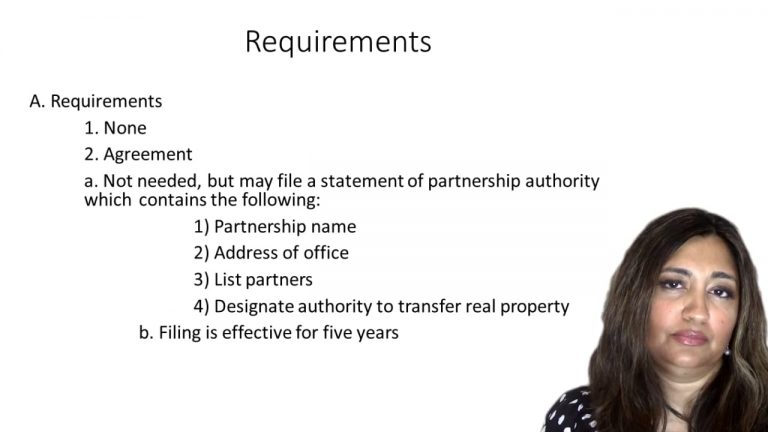SmartBrief
Confirm favorite deletion?
Business Associations Keyed to Bainbridge
Dodge v. Ford Motor Co.
Citation:
170 N.W. 668 (1919)Facts
Ford Motor Co. was incorporated in 1903 with an investment of $150,000. Henry Ford was the majority shareholder and the brothers Horace E. Dodge and John F. Dodge were among the other shareholders. In 1916, Henry Ford, who owned 58 percent of the common shares, announced that in the future no special dividends would be paid. Profits would be reinvested in the business. The Dodge brothers owned 10 percent of the common shares; they were not members of the board of directors and were not employed by the company. Under Henry Ford’s announced policy they could expect to receive only $120,000 per year for the indefinite future. John Dodge met with Henry Ford, complained of the new dividend policy. The Dodge brothers sued.
Only StudyBuddy Pro offers the complete Case Brief Anatomy*
Access the most important case brief elements for optimal case understanding.
*Case Brief Anatomy includes: Brief Prologue, Complete Case Brief, Brief Epilogue
- The Brief Prologue provides necessary case brief introductory information and includes:
Topic:
Identifies the topic of law and where this case fits within your course outline.Parties:
Identifies the cast of characters involved in the case.Procedural Posture & History:
Shares the case history with how lower courts have ruled on the matter.Case Key Terms, Acts, Doctrines, etc.:
A case specific Legal Term Dictionary.Case Doctrines, Acts, Statutes, Amendments and Treatises:
Identifies and Defines Legal Authority used in this case.
- The Case Brief is the complete case summarized and authored in the traditional Law School I.R.A.C. format. The Pro case brief includes:
Brief Facts:
A Synopsis of the Facts of the case.Rule of Law:
Identifies the Legal Principle the Court used in deciding the case.Facts:
What are the factual circumstances that gave rise to the civil or criminal case? What is the relationship of the Parties that are involved in the case.Issue(s):
Lists the Questions of Law that are raised by the Facts of the case.Holding:
Shares the Court's answer to the legal questions raised in the issue.Concurring / Dissenting Opinions:
Includes valuable concurring or dissenting opinions and their key points.Reasoning and Analysis:
Identifies the chain of argument(s) which led the judges to rule as they did.
- The Brief Prologue closes the case brief with important forward-looking discussion and includes:
Policy:
Identifies the Policy if any that has been established by the case.Court Direction:
Shares where the Court went from here for this case.
Topic Resources
Topic Outline
Topic Refresher Course
Topic Charts & Notes 

 2m 27s
2m 27s